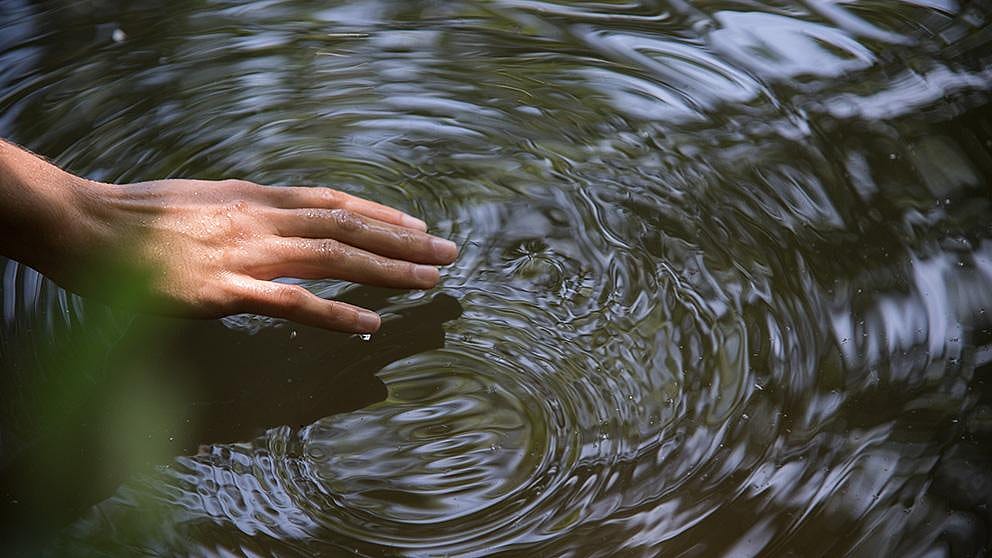How touching!
In everyday life we sometimes forget how much we are part of the natural environment. If we take a closer look at plants, we can observe how important the power of touch is for all living things.
We “grasp” the world literally, through our sense of touch. With our fingertips we can feel the fine links of a chain. We feel the wind in our faces and the coolness of the night when we walk barefoot through the grass in the morning. We greet our fellow human beings with a firm handshake, a tender embrace or a comforting pat on the shoulder. Psychologist Martin Grunwald, founder of the Haptics Laboratory at the University of Leipzig, knows why we react so strongly to physical contact. “The sense of touch is our oldest and most refined sense. An eight-week-old foetus already shows strong reactions when touched on the lips; the eyes and ears aren’t even developed at that point.” Touch can be seen as our primal means of communication, which shapes our early self and anchors us in the world. For babies, physical contact is just as important for survival as food. Millions of tactile receptors in our skin enable us to respond to pleasurable touch with a mix of tension, vibration and pressure. Our ability to sense heat, cold and pressure also alert us to danger.
Plants and people are always sensitive to touch
Of all the senses, our sense of touch is the only one that we cannot temporarily “switch off” or deliberately suppress. For this reason we are particularly sensitive to tactile sensations – just like plants. Some plants react quickly to stimuli, such as the Venus flytrap (Dionea muscipula). An insect that lands on the inside of its red hinged leaves will touch sensory hairs there that trigger electrical signals causing the leaf to close. With the mimosa (Mimosa pudica), even the slightest brush of the outer edge of its leaflets starts a chain reaction in which the entire leaf folds inwards. In English, the plant is also called “touch-me-not”; In German, “mimosa” is used to describe someone who is very sensitive.
“Plants don’t feel regret; they don’t get a feel for a new job. They do not have an intuitive awareness of a mental or emotional state. But plants perceive tactile sensation, and some of them actually ‘feel’ better than we do. Plants like the burr cucumber (Sicyos angulatus) are up to ten times more sensitive than we are when it comes to touch,” writes the biologist Daniel Chamovitz in his book in his book, What a Plant Knows: A Field Guide to the Senses (2012), which explores the world of plant perception.
Healing and energising touch
Gusts and storms are a particularly intensive form of touch for plants and trees. They trigger growth stimuli, causing the plant to become stronger and more robust. That the sensation of touch can help people to be healthy is something that was recognised long ago. Common physical therapies such as baths, cold and warm packs, and massages trigger our natural reactions to external stimuli in order to strengthen the body and promote recovery. Many traditional healing methods are based on the positive effect of touch, such as shiatsu and reiki.
References
Daniel Chamovitz: What a Plant Knows: A Field Guide to the Senses. New York: Scientific American/Farrar, Strauss and Giroux: 2012
Stefano Mancuso, Alessandra Viola: Brilliant Green: The Surprising History and Science of Plant Intelligence, Washington, DC: Island Press, 2015
Kathrin Meyer und Judith Elisabeth Weiss (Hrsg. für das Deutsche Hygiene-Museum Dresden): Von Pflanzen und Menschen, Wallstein, 2019
Martin Grunwald: „Homo hapticus. Warum wir ohne Tastsinn nicht leben können", Droemer, 2017










